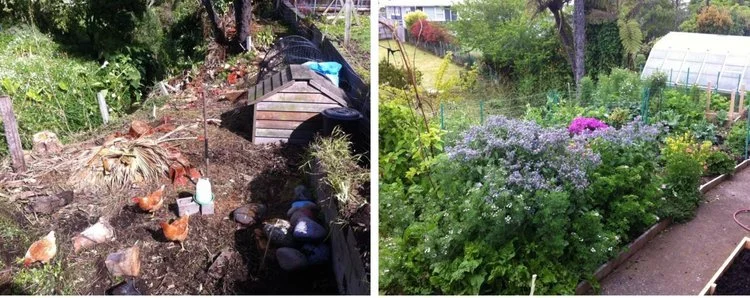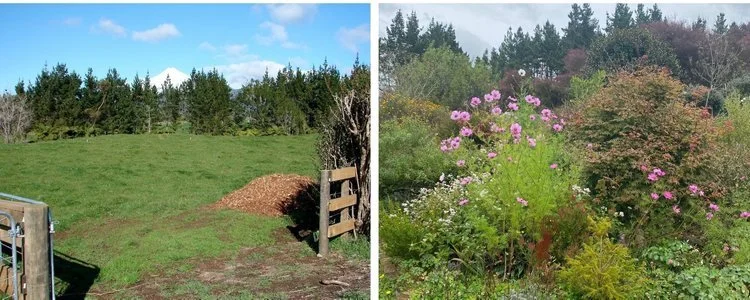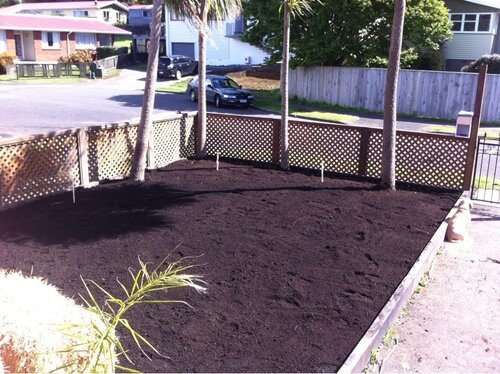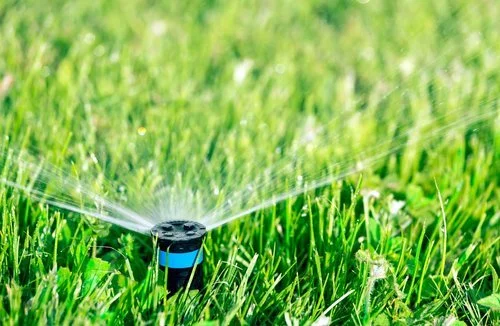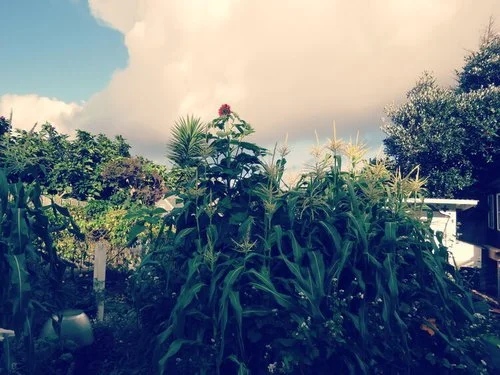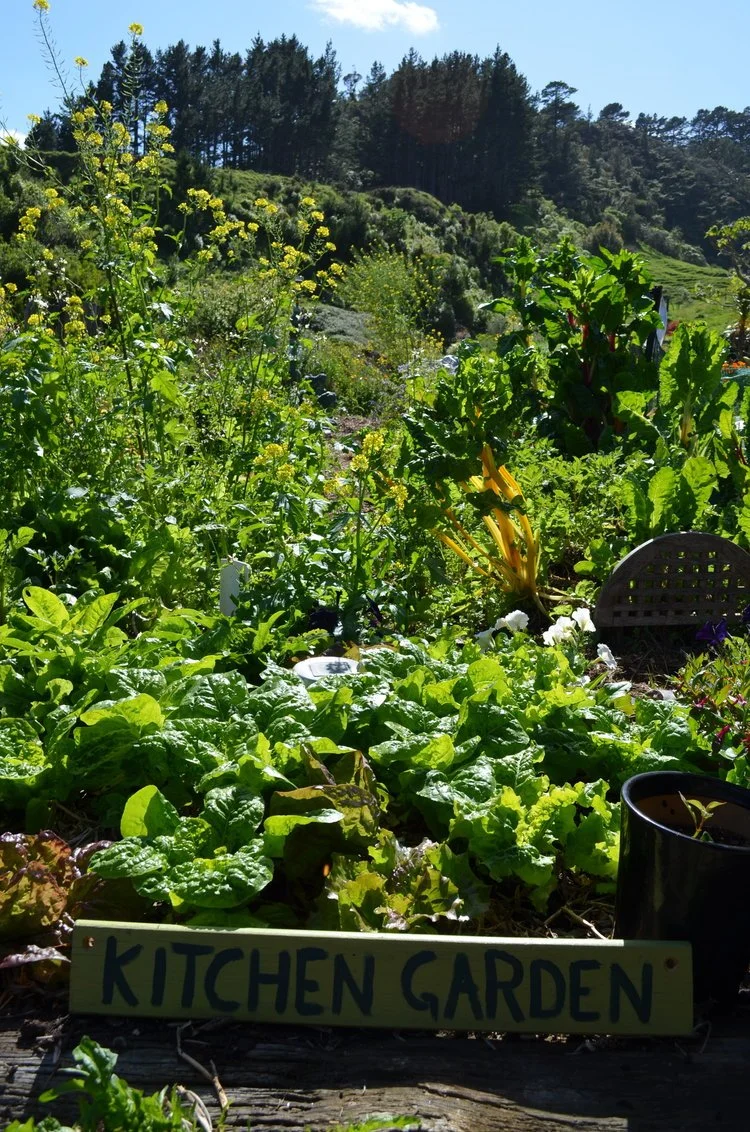How to Convert a Grass Patch
There is a belief that gardens with their fragrant florals and delicious vegetables and fruits require great maintenance and can be a burden, but they do not have to be! Beginners can ease into converting their grass patch at their own pace by breaking it down into seven steps.
1. Decide what you want to grow
We suggest a combination of flowers, herbs, and vegetables. Different plants have different environmental requirements, so we recommend sourcing spray-free seedlings locally because they are acclimated to our region. Start small until you know what you’re getting yourself into.
2. Choose an appropriate location
Most fruits and vegetables require a minimum of 6 hours of direct sunlight per day. The amount of sunlight, wind, and rain an area receives will influence the type of plants you can grow successfully. A consistent water supply is also very important even in our wet region.
3. Invest in nutrient-rich and well-drained soil
A key factor in achieving a successful garden is investing in good quality soil. Seeds and plants need to be planted in moist and well-drained locations for the roots to become strongly anchored.
4. Start planning and learn the right times to plant
Planting too early or too late can kill the plants before their maturity. Starting indoors or building a tunnel house will extend your growing season and help seedlings germinate. It is also vitally important that you read the seed packet instructions.
5. Keep the garden hydrated
Water daily and in the early mornings to minimise evaporation and to deter slug and snail populations.
6. Protect the garden with mulch
Cover the soil with a few inches of mulch to minimise evaporation and prevent weeds from growing. There are a variety of mulches such as untreated woodchips, hay, fine shavings, grass clippings, manure and even compost.
7. Maintain the garden
Gardening does not have to be a strenuous chore if you chip at it every so often. Pull weeds out before they get to the seed, water daily, and harvest vegetables or herbs as soon as they are ready.
The rewards of your efforts and perseverance are a beautiful view, delicious fruits and veggies that will have your neighbours full of envy!
Get started this Spring by volunteering at your local community garden, sign up for the next composting workshop at the Junction – Zero Waste Hub, enroll in Landbased Training Horticulture, and take a tour of the Taranaki Sustainable Backyards Trail or Taranaki Garden Festival or Arts Trail to get inspired, from 29th October until 7th November.
Click on these content links for more resources to help you on your sustainable backyard journey. Email info@sustainabletaranaki.org.nz with any comments or questions.

